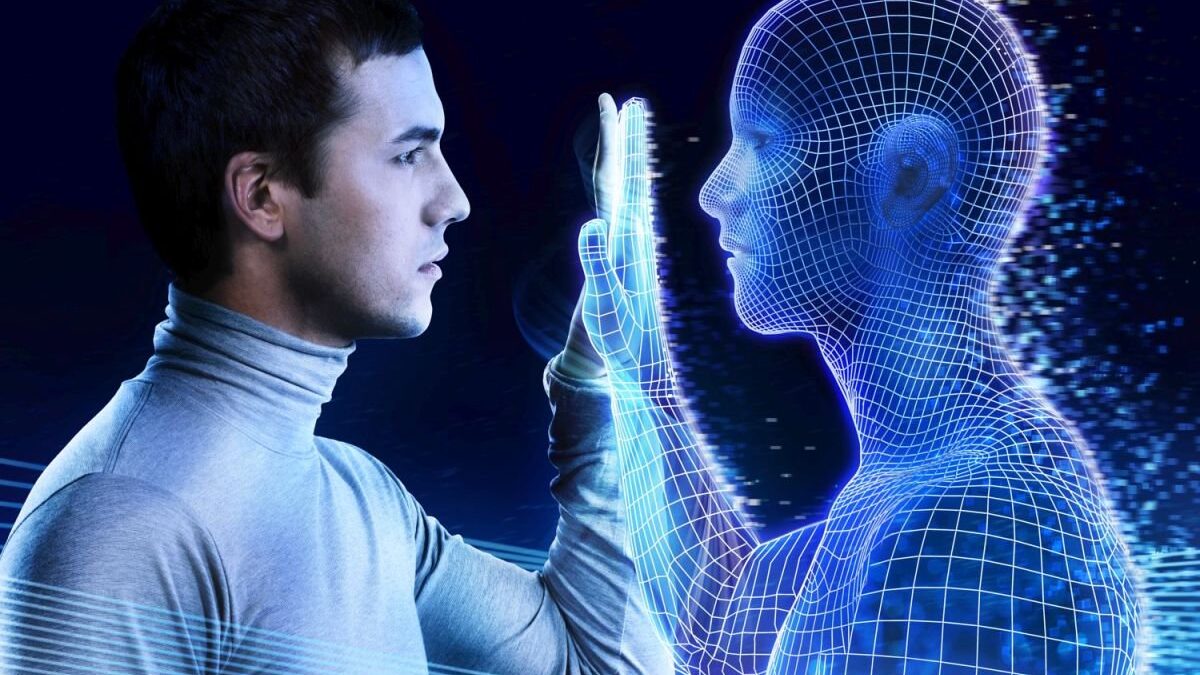Table of Contents
Introduction
Ray Kurzweil, Google’s famed futurist, is known for his bold predictions about the future of technology. He accurately foresaw the rise of the iPhone and the day when a computer would defeat a human in chess. Now, in his new book, “The Singularity is Nearer,” he offers even more startling forecasts. Kurzweil envisions a future where by 2045, humans merge with artificial intelligence, achieving immortality as cyborgs.
His vision is both thrilling and alarming, with implications that could redefine human existence.
Human-Machine Integration by 2045
Kurzweil’s most audacious prediction is that by 2045, humans will fully integrate with AI. This process will make us immortal cyborgs. This evolution will herald a new era in human history. According to Kurzweil, the convergence of humans and machines will occur in the “fifth epoch” of intelligence. This epoch will be characterized by nanotechnology, brain-computer interfaces, and AI-enhanced cognitive abilities.
Resurrecting the Dead
One of Kurzweil’s intriguing predictions involves the possibility of resurrecting the deceased. Initially, this will be achieved through AI simulations that replicate a person’s thoughts and behaviors. Over time, advancements in biotechnology may allow for the physical re-creation of individuals using their DNA. Kurzweil has been working on this concept for over a decade, attempting to bring back his father through AI. He envisions a future where digital records of our thoughts and emotions can be used to recreate our loved ones in both digital and biological forms.
Humans Becoming Millions of Times Smarter
Kurzweil foresees a dramatic increase in human intelligence as we merge with machines. By 2029, he predicts that human intelligence will be amplified millions of times through direct connections to AI. Technologies like brain-computer interfaces, such as Elon Musk’s Neuralink, will enable this leap. These interfaces will connect our neocortex to the cloud, vastly expanding our cognitive abilities. Rather than competing with AI, we will integrate it as an extension of ourselves, enhancing our intelligence beyond current limitations.
Achieving Immortality by 2030
Kurzweil predicts that the quest for immortality will reach a critical milestone by 2030. He believes that medical advancements will enable people to achieve “escape velocity” in longevity. This means that for every year you live, medical technology will extend your life expectancy by more than a year. AI-driven biological simulators will conduct clinical trials at unprecedented speeds, leading to rapid development of new drugs and longevity treatments. Kurzweil also envisions “medical nanorobots” that can repair and enhance our bodies at the cellular level, ultimately leading to indefinite lifespans.
Revolutionizing Daily Life
Kurzweil predicts that AI and robotics will revolutionize daily life, making it more affordable and luxurious. Advances in 3D printing and robotics will allow for rapid construction of buildings and infrastructure. This will reduce the cost of living significantly. Breakthroughs in solar power technology will make energy cheaper and more accessible. Additionally, robotic extraction techniques will lower the cost of raw materials, further driving down the price of goods and services.
You may also like: The Future of Homes: AI and IoT Transforming Modern Living Spaces
Enhancing Entertainment and Experience
Kurzweil believes that nanotechnology will transform entertainment by allowing us to experience the thoughts and emotions of others. Harmless nanoscale electrodes inserted into the brain will enable this new form of entertainment. These electrodes will transmit every thought and sensation from one person to another, creating a shared mental experience. This technology will not only revolutionize entertainment but also enhance our understanding of human consciousness.
Google’s AI-Powered Scam Call Detector
While Kurzweil’s predictions focus on long-term advancements, recent developments in AI are already making an impact. Google has introduced an AI-powered scam call detector to combat fraudulent phone calls. Despite concerns about privacy, this technology represents an important step in using AI for fraud prevention. As AI continues to evolve, its applications in various fields, including security and healthcare, will become more sophisticated and effective.
The Road Ahead
Kurzweil’s vision of the future is both exciting and daunting. The fusion of humans and machines, the resurrection of the deceased, and the quest for immortality provoke deep ethical and philosophical inquiries. As we move towards this future, society will need to address these issues and ensure that technological advancements benefit humanity as a whole. The rapid pace of AI development suggests that many of Kurzweil’s predictions could become reality within our lifetimes. As we stand on the brink of this new era, it is crucial to consider the implications of these changes and prepare for the challenges and opportunities they will bring.
Conclusion
Ray Kurzweil’s predictions offer a glimpse into a future where technology transforms every aspect of human life. From merging with AI to achieving immortality, these advancements promise to redefine what it means to be human. While the prospect of such a future is exhilarating, it also requires careful consideration of the ethical, social, and practical implications. As we navigate this rapidly evolving landscape, we must strive to harness the power of technology for the greater good, ensuring a future where everyone can benefit from these groundbreaking innovations.





